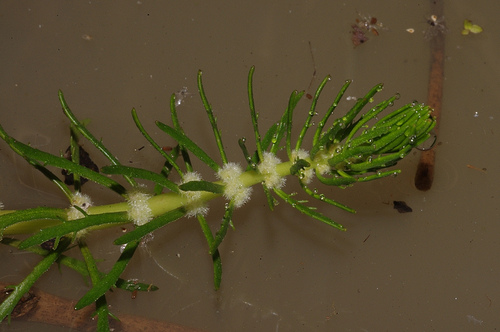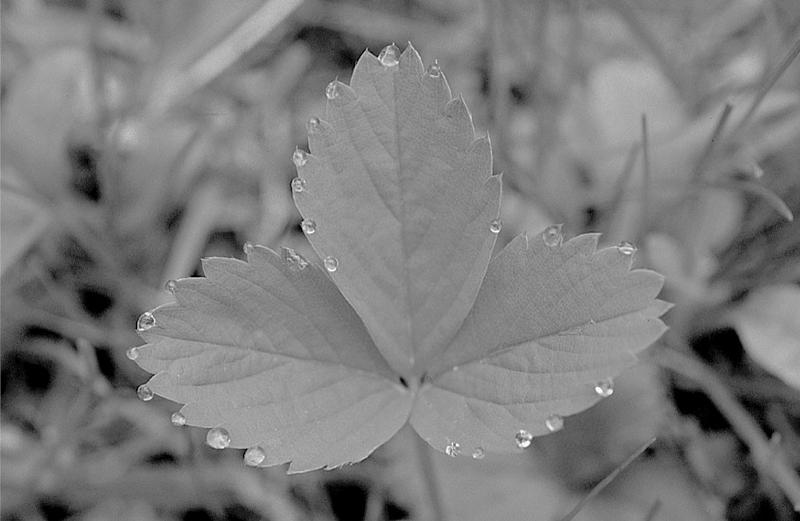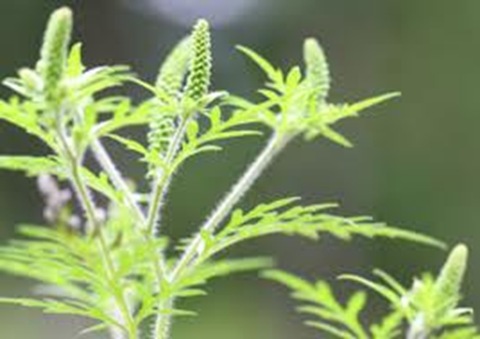Difference between Guttation and Transpiration

Guttation and transpiration are different terms which explain two ways of loosing water in plants. Guttation is the direct loss of water from the aerial parts of plants while loss of water from vapor is called transpiration. However, many relate these terms and believe that guttation and transpiration are the same terms. Usually plants absorb a tremendous amount of water and at the same time they also lose a decent amount of water without using it. Plants lose water through direct aerial parts and also in the form of vapor.
Instructions
-
1
Guttation
Direct loss of water in plants through aerial parts is called guttation. If you want to experience guttation, you can see it at night and in the early hours of the morning. In Herbaceous plants, this process can be seen as these plants grow in high soil moisture and high humidity conditions. The process of transpiration will be low if the root pressure is high on these types of plants. The actual root pressure creates the right set of circumstances for the plants. The water comes out in the form of drops through pores in tips of leaves. The process of guttation has no cooling effect on the plants as it largely depends on root pressure. The actual root pressure is what determines the level of guttation that will occur in a plant. The guttation takes place throughout the hydathodes on leaf tips of plants.
- Image Courtesy: easynotecards.com

-
2
Transpiration
When water is lost from plants as vapor, this process is called transpiration. The transpiration process occurs usually in daytime. Transpiration has cooling effect on the plants while it is important to mention that mainly three types of transpiration occur including stomatal transpiration, curticular transpiration and lenticular transpiration. When transpiration occurs through stomata, it is called stomatal transpiration. It contributes 80% to 90% to the total transpiration. Curticular transpiration occurs through cuticle of leaves. This transpiration also occurs through herbaceous stems. To keep the temperature low, transpiration is very important. This process also gives great relief in the distribution of water throughout the plant. Most plants need to have the perfect balance of water as too much or too little can be very detrimental for the growth of a particular plant. Plants absorb water while the extra water vapors from aerial parts of living plant as it also help translocation of minerals in the actual plant. In transpiration, water is not lost in liquid form and mainly occurs during the daytime. High humidity, air temperature, wind and soil water also effect on transpiration.
- Image Courtesy: majordifferences.com








